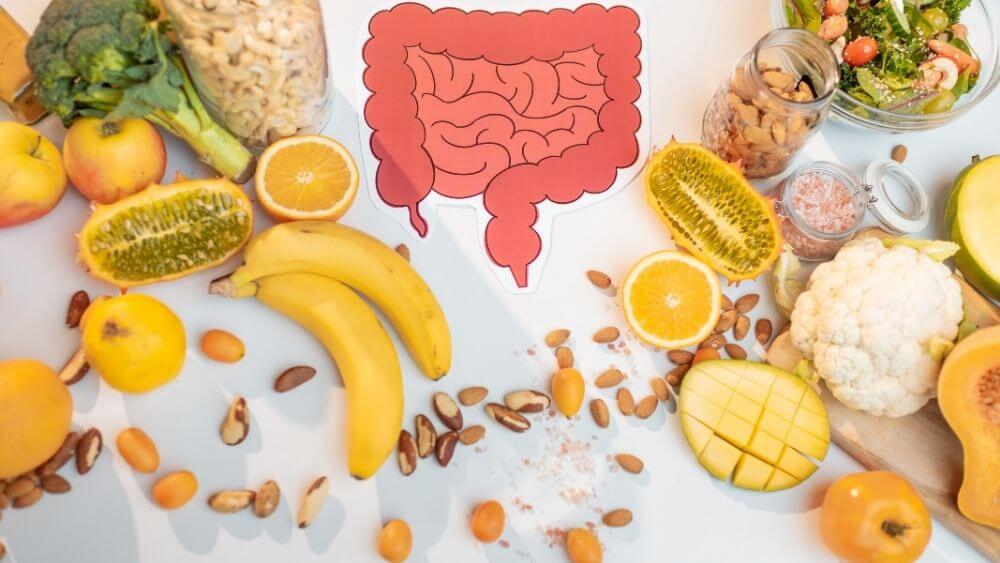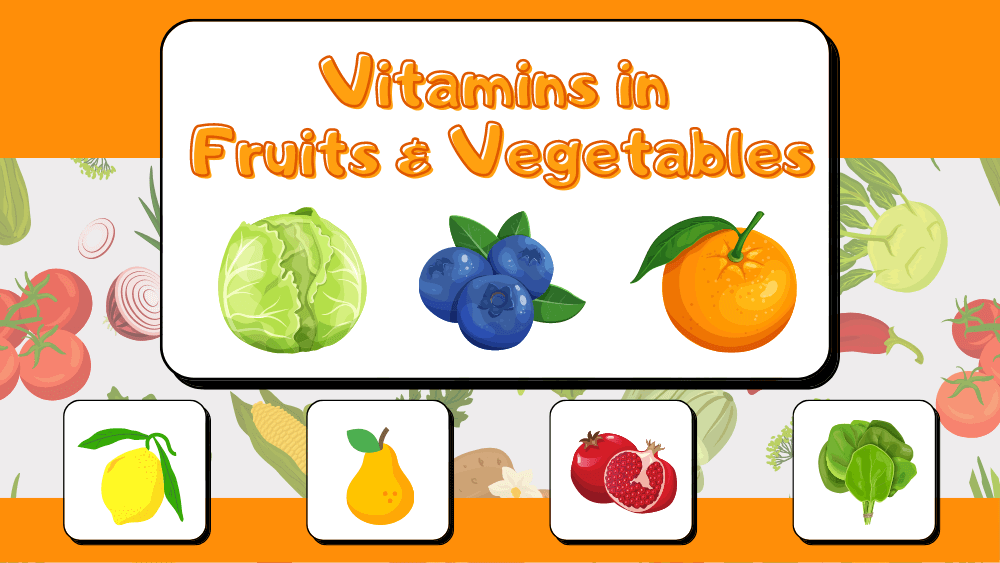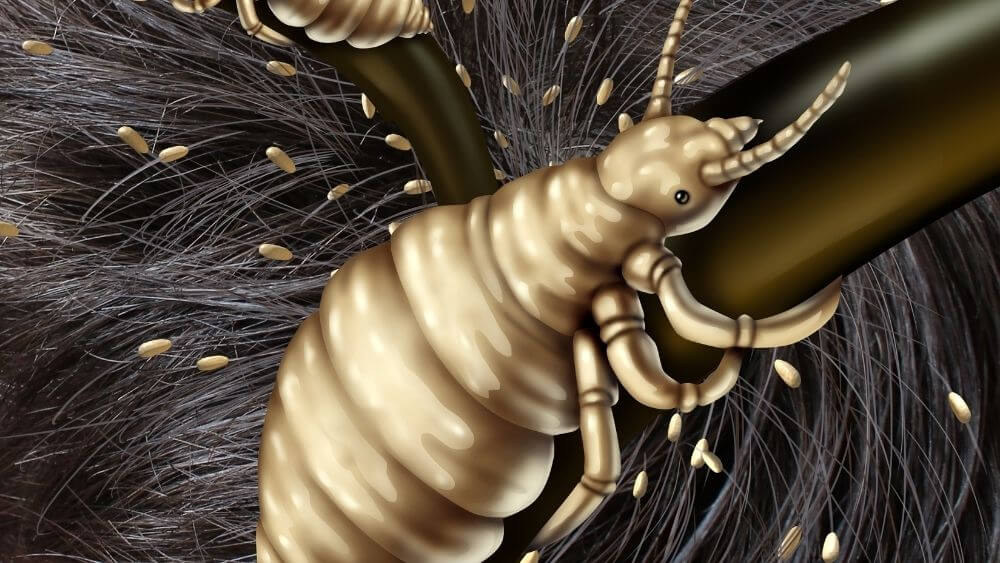Nutrition in Animals

- We have already studied that while plants prepare their own food humans are dependent on others for food.
- Either they are dependent on plants or on animals that eat plants.
- Animals sometimes take up their food from plant.
- But sometimes they also take up their food by eating other organism .
- This is a life cycle which continues and every organism get their food.
- All organisms require food for energy and growth.
Contents
Different ways of taking food
- Every organism has a different mode for taking food.
- For example- Human beings take food mainly (fruits, vegetables, meat ) through Mouth by chewing and swallowing.
- Hummingbirds take their food which is nectar with the help of sucking.
- Ants take their food, usually very small insects, sugar or food pieces by scraping.
- Snails intake their food which is grass with the help of chewing.
- Lice which are usually present in hairs have their food which is blood through sucking.
Process of Digestion in Human body
- Digestion refers to the process of absorbing all the required nutrients and vitamins from the food that we eat.
- The food which is taken by the mouth s goes through various compartments which includes:-
- Buccal cavity
- Food pipe or oesophagus
- Stomach
- Small intestine
- Large intestine
- Anus
The mouth
- The mouth consists of many small organs which are a great contributor in the process of digestion they are:-
- Teeth
- Tongue
- Salivary glands
- With the help of teeth the which enters the mouth is broken down into small pieces.
- Tongue helps the saliva to get properly mixed with food.
- The saliva breakdown the starch present in the food into sugar
- Also, we are able to taste our food with the help of our tongue.
- This process of taking food in the body is called ingestion.
- Salivary gland present in the mouth helps in further digestion of the food by secreting various kind of enzymes.
Oesophagus
- The food which is taken from the mouth passes through food pipe or oesophagus
- It is a long pipe which runs from the neck and chest and reaches in the stomach.
- With the help of a food pipe the food reaches the stomach through alimentary movements the food is pushed down.
Stomach
- The food from the food pipes reaches the stomach while it’s one end opens in the small intestine.
- The stomach is a organ which appears to be in the shape of a container.
- Walls of Stomach releases various kind of enzymes for better digestion.
- These enzymes continue the process of breaking down food into a usable form.
- Cells in the lining of the stomach secrete a strong acid called hydrochloric acid.
- Powerful enzymes like mucus and other digestive juices
- Mucus protects the inner lining of the sach while hydrochloric acid kills the bacteria that came along with food
- Then, the digestive juices are responsible for the breakdown of food
- These digestive juices break the protein into simpler substances.
Small Intestine
- The next organ involved in the digestion process is called small intestine.
- The small intestine carries out most of the digestive process.
- With the help of enzymes released from the liver and pancreas
- Liver releases bile juice which is stored in a gland called gallbladder
- Bile juice is responsible for the breaking down of the fats from the food.
- Pancreas release an enzyme called pancreatic juice which helps in the breaking down of protein.
- The walls of the small intestine make digestive juices, or enzymes which helps in further breaking down.
- The small intestine absorbs almost all of the nutrients we get from foods into our bloodstream.
Absorption in the Small intestine
- The food which is digested enters the walls of the intestine.
- This process is called absorption.
- The inner walls of the small intestinal consist of finger like structure called villi.
- Villi helps in expanding the surface area of small intestine for better food absorption.
- All the nutrients from the food that we take in is absorbed in the mucosa of the small intestine.
- The digested substances which are absorbed are transported to different parts of the body through blood vessels.
- This process is referred to as assimilation.
Large intestine
- Unlike the small intestine, the large intestine produces no digestive enzymes which can help in further digestion.
- Digestion is completed in the small intestine before the undigested food reaches the large intestine.
- The large intestine doesn’t have to do much it’s only function is to absorb the remaining water from the already digested food.
- Then, the undigested food is then removed from the body through anus.
Digestion in grass eating animals
- The grass eating animal like cow usually takes in grass as their food.
- They have special digestive system to absorb the hard cellulose like carbohydrate present in the grass
- The stomach of the cow is divided into four chambers.
- First one is the biggest chamber of the stomach and it is known as rumen.
- While grazing grass the cow doesn’t chew the food properly but swallows it with a little chewing.
- This little chewed food is stored in the first chamber i.e., in rumen.
- The bacteria present in the rumen breaks down the cellulose present in the grass and food is partially digested in rumen.
- The partially digested food is called cud.
- After some time the partial food from the rumen is again brought back in the mouth and the cow chews it.
- This process of bringing the cud to the mouth is called rumination.
- Then the food is again swallowed after chewing but after this the food doesn’t go back to the rumen.
- It goes to the other compartment of the stomach.
- And then, to the smallest intestine for further absorption .
Digestion in Amoeba
- Amoeba is a microscopic single cell organism
- Amoeba are usually found on decaying bottom vegetation of freshwater streams and ponds.
- Digestion in amoeba is intracellular taking place within the cell.
- Amoeba usually changes its shapes and forms finger-like projections called pseudopodia that captures food.
- When they sense food they cover the food and engulfs it.
- The food gets captured in food vacuole.
- Enzymes are excreted in the food vacuole and the food is broken into simpler substances.
- The undigested food is expelled from the body with the help of vacuole.
The process of digestion is is almost same in every organism first the food is digested and the energy is released and used by the body.






Responses